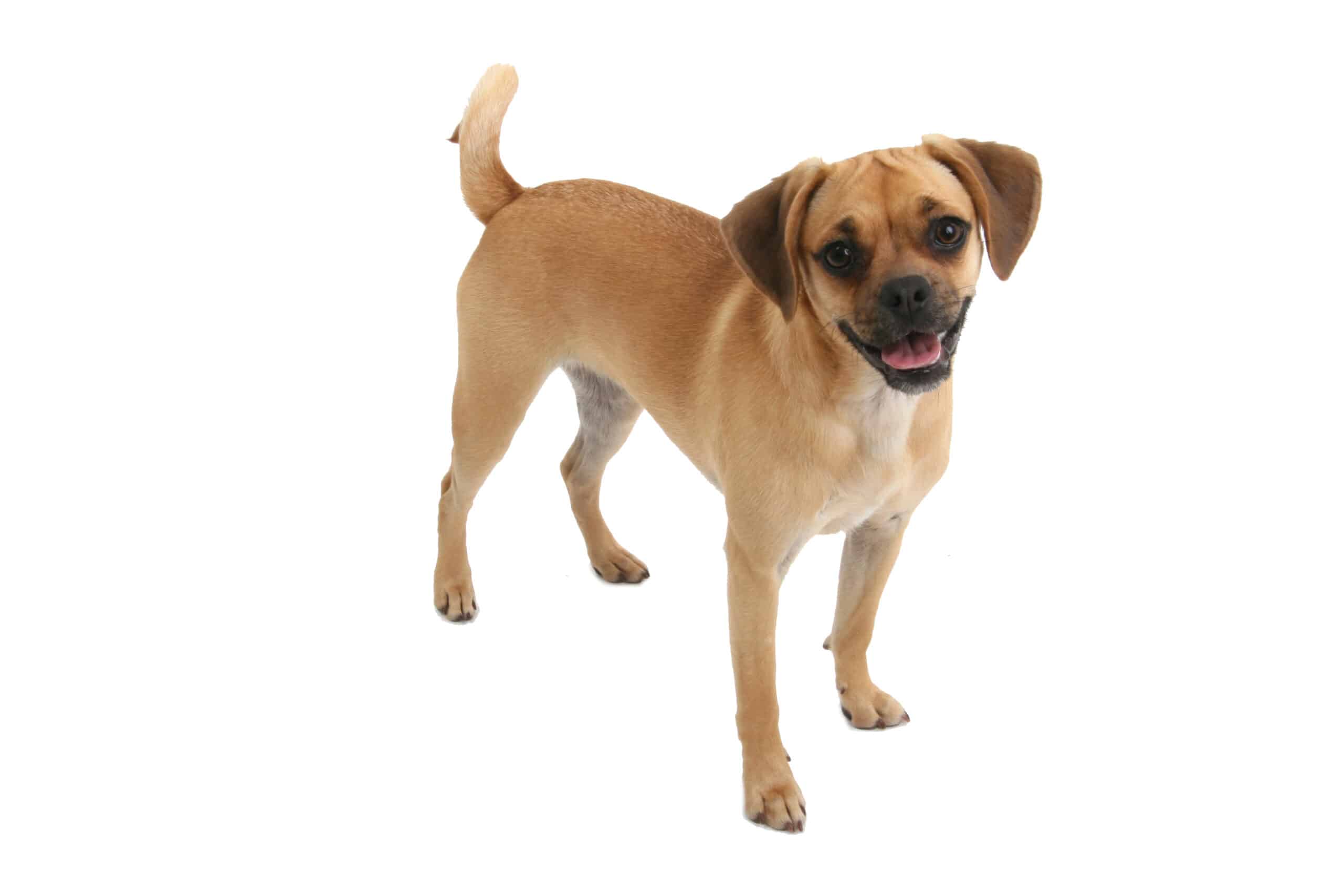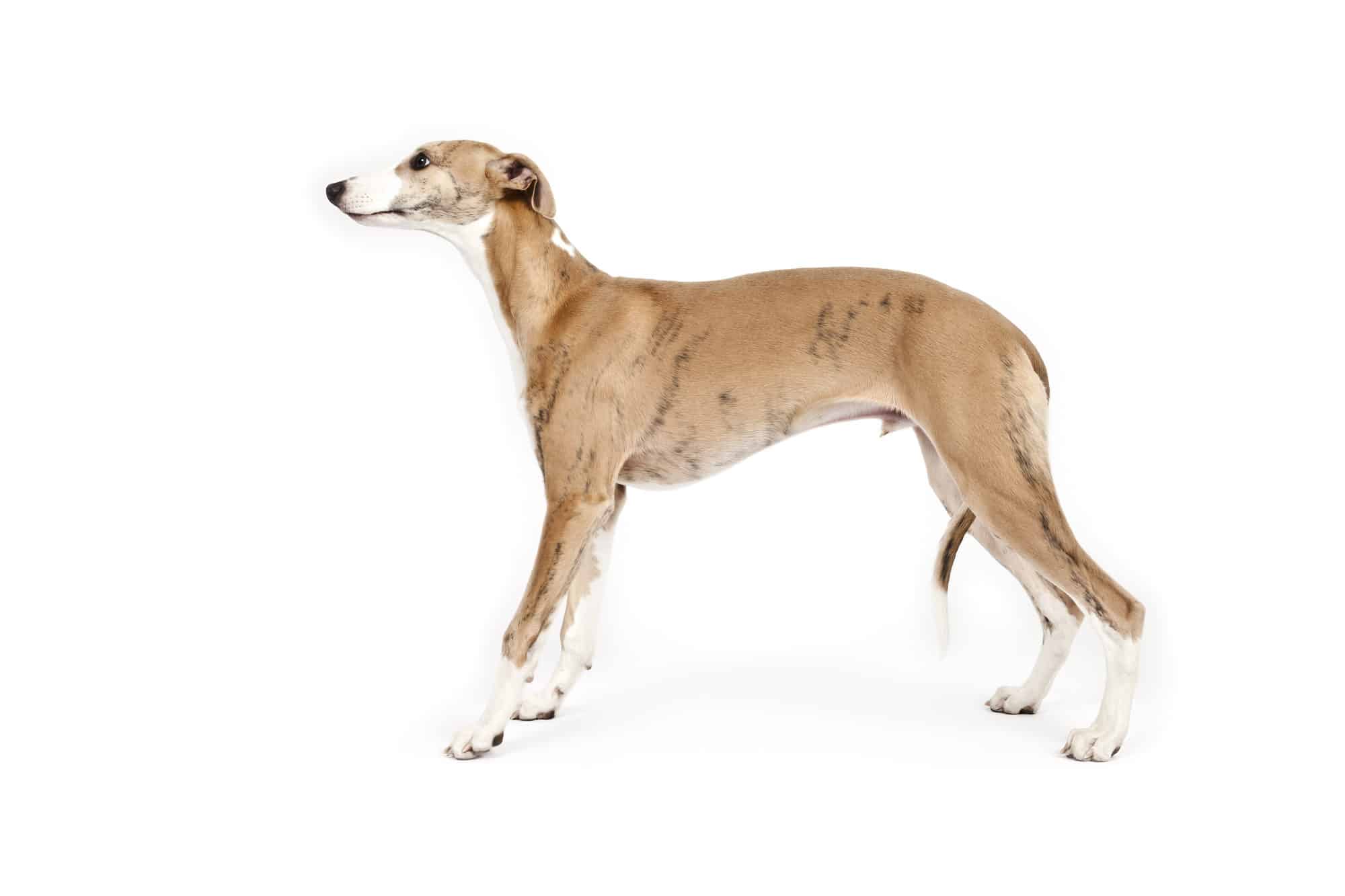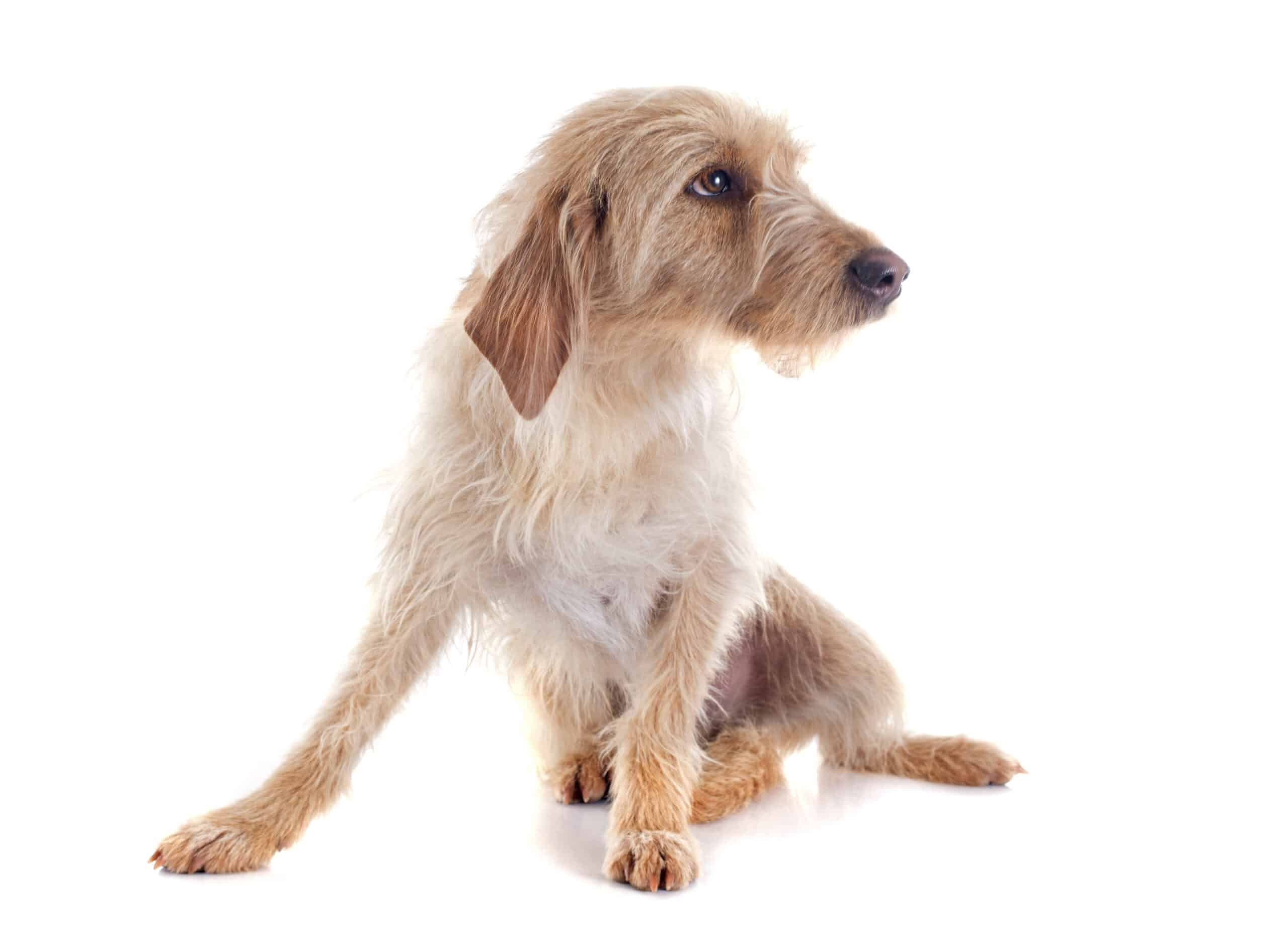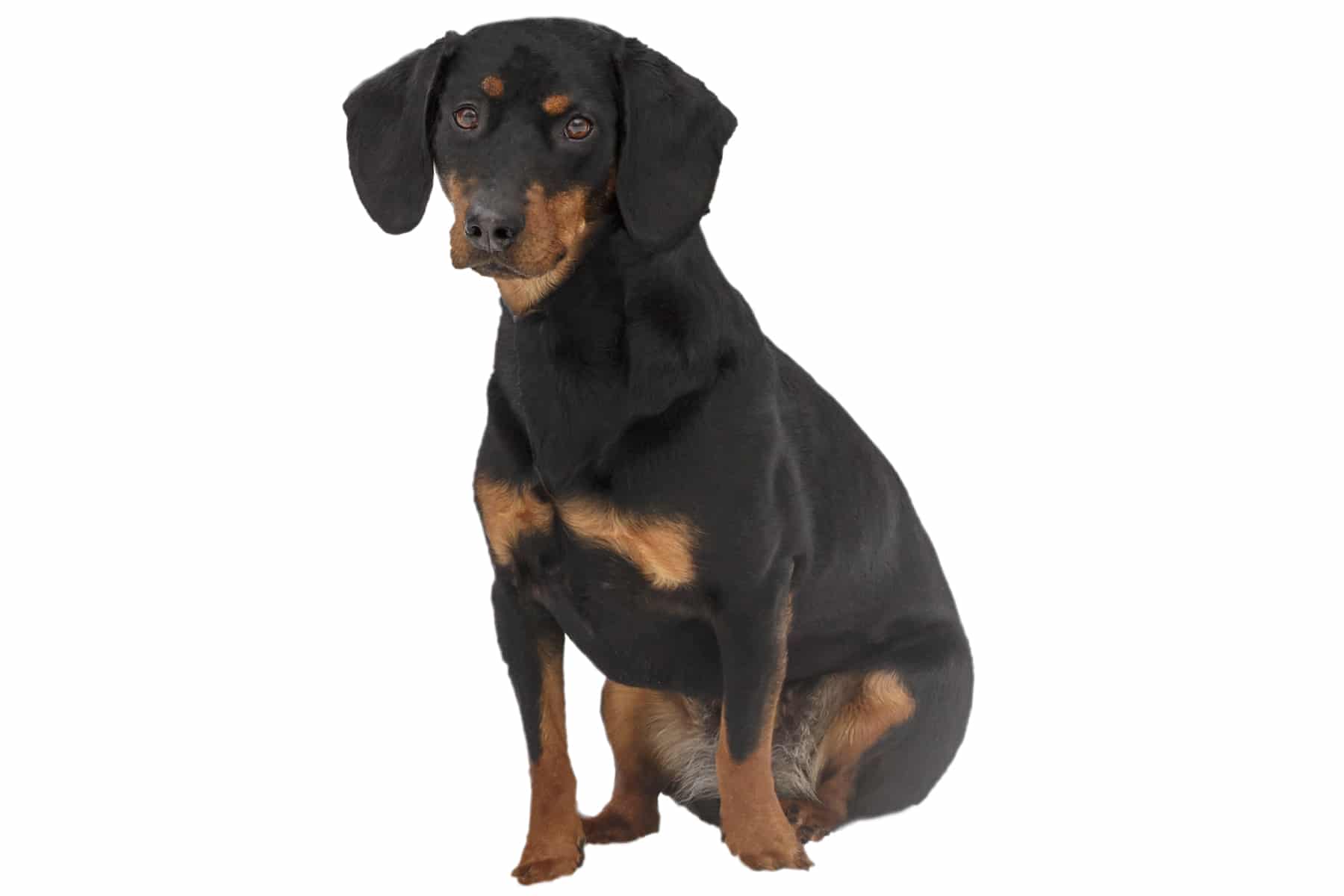Spanish Mastiff
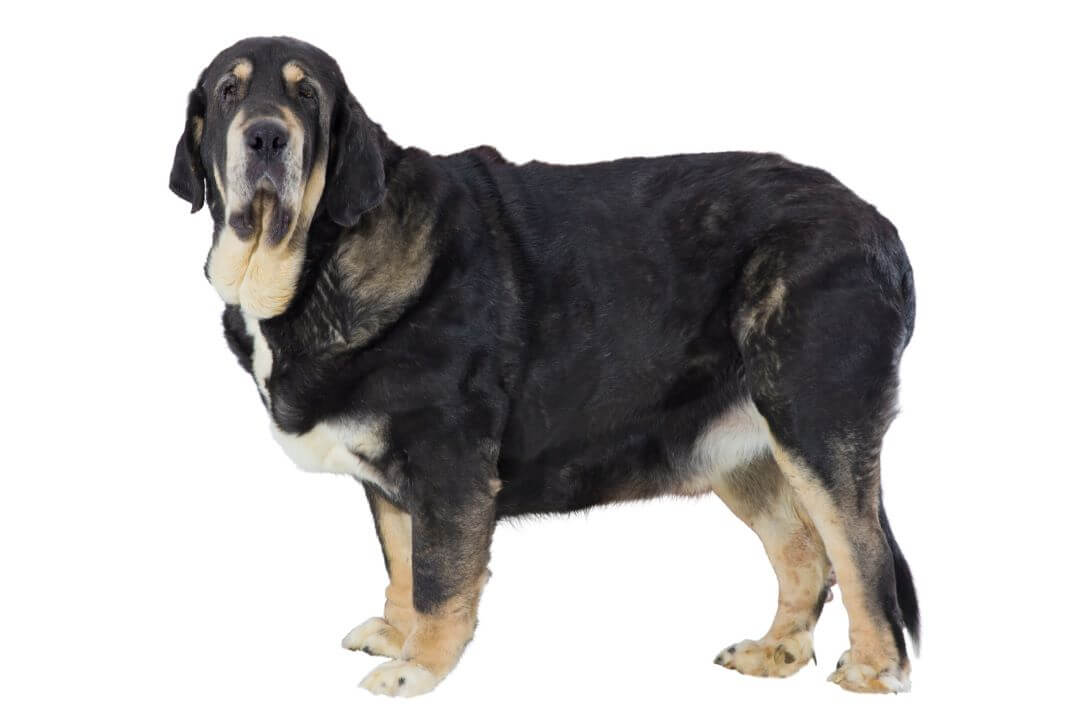
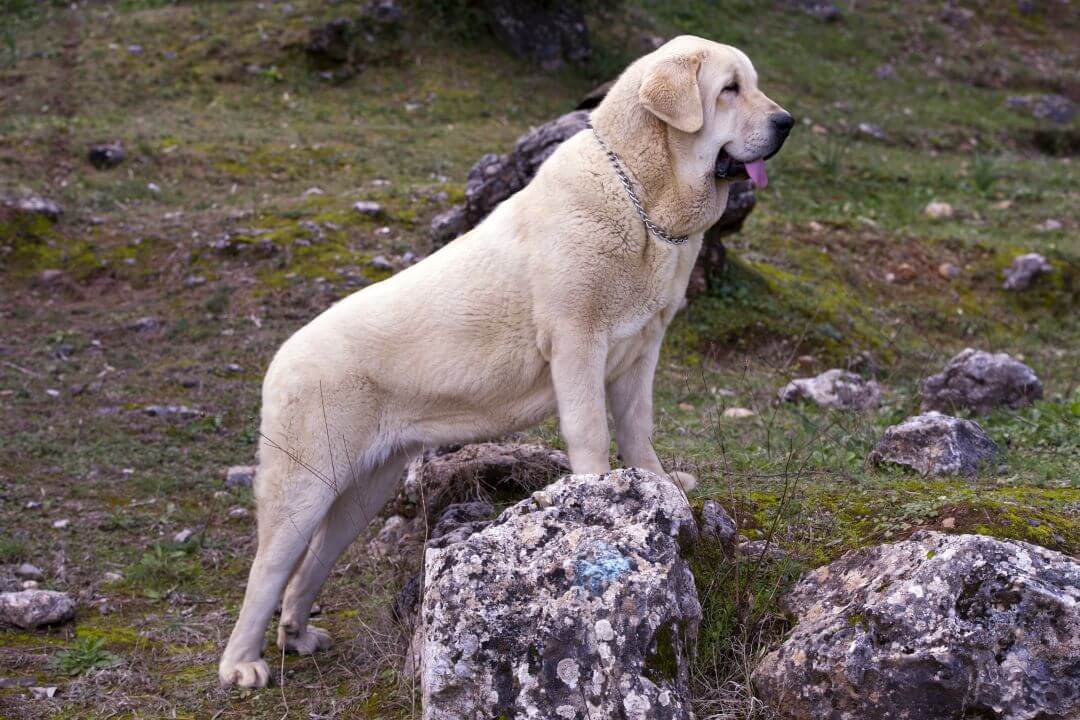
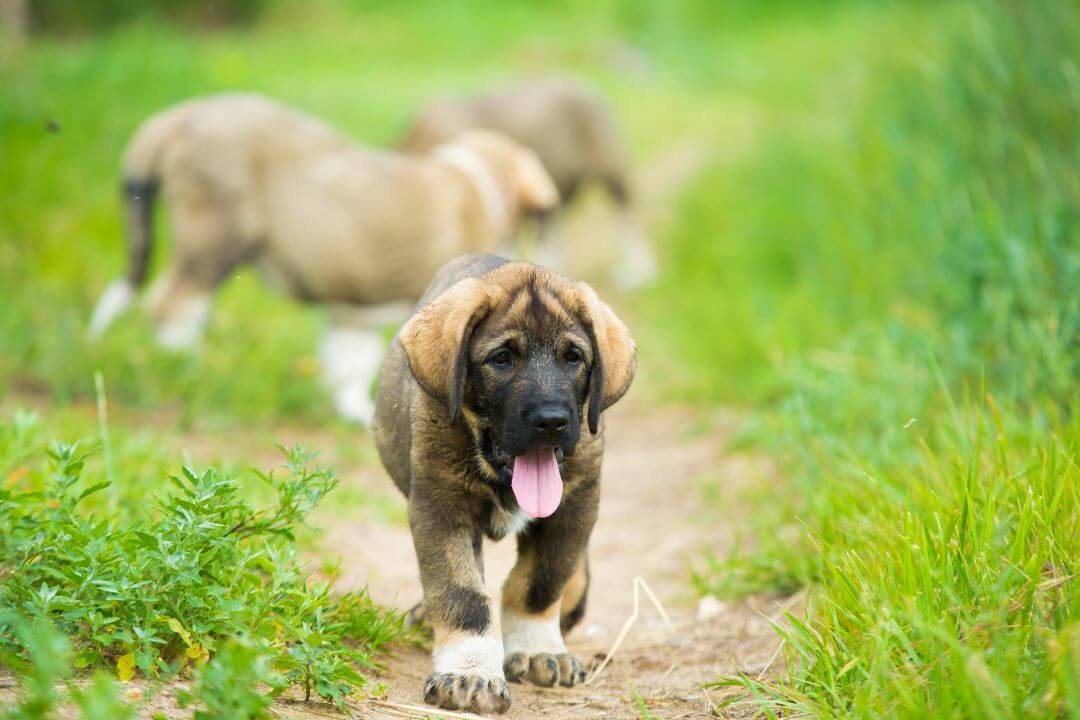
Temperament:
The Spanish Mastiff - also known by its native name Mastín Español - is a very large, massive and powerful dog. This is very useful for its role as a guard dog, which can even take on wolves. However, many people find this breed frightening, even without the giant demonstrating its strength. But is this fear justified?
Characteristics
The Spanish Mastiff is a very self-confident dog. It is known to confront strangers and even predators with determination if it perceives them as a danger. The intelligent and attentive four-legged friend assesses situations accurately and decides how much of its enormous strength to use if necessary. This characteristic stems from the fact that this breed was primarily bred to guard and defend land and livestock.
He is therefore a dog with a strong protective instinct and a natural distrust of strangers. Nevertheless, he would never attack without a reason. This balance between strength and composure is one of the most important breeding characteristics of the Spanish Mastiff. At the same time, this powerful four-legged friend has an endless love and affection for his family. He loves to be close to his people at all times.
With consistent training and socialization, it is also suitable as a family dog as long as it has a task and can live out its protective instinct. They get on well with children. The Spanish Mastiff is very patient and is cheerful and affectionate towards children. Nevertheless, small children should not be left alone with him, as he is still very large and heavy and accidents can always happen.
The large four-legged friend tolerates other dogs, but is not known for wanting to play with them. He prefers to watch what is going on and is always alert if he sees, smells or hears anything suspicious.
The Spanish Mastiff can be trained well with loving consistency and can even learn many tricks. He is intelligent and works with concentration, but does not want to please his family at all costs. If he is treated roughly or stubbornly, he will decide for himself that he does not want to obey. This powerhouse knows that he can afford it.
After all, the bitches of this breed reach a height at the withers of at least 72 cm and the males a height at the withers of at least 77 cm. However, there is room for improvement for both and the minimum height can and should be exceeded. There is no officially defined weight for this breed, but many specimens vary between 54 and 90 kg.
The short to medium-length coat is thick, coarse and lies close to the body. This means that these dogs are well protected from the elements in the mountainous regions where they were originally used. A distinction is made between the top coat on the back and the coat that protects the ribs and flanks of this breed. The hair on the legs is somewhat shorter, while it is longer and silkier on the tail.
The Spanish Mastiff has no particular coat color. In breeding, however, solid-colored specimens in yellow, fawn, red, black, wolf grey or deer red are preferred. However, brindle, piebald or dogs with a white ruff are also permitted according to the FCI breed standard.
Coat care:
Shedding:
Energy level:
Trainability:
Children suitable:
The right food
When choosing food, make sure that it contains high-quality ingredients, is balanced and meets your dog's requirements. Age, size or weight, activity and health status play an important role. You should follow the manufacturer's recommendations for the amount of food.
Treats should only be fed in moderation and deducted from the basic diet to avoid obesity.
Puppies can be fed 4-6 times a day. The number of meals should be gradually reduced to 2 per day until the dog is fully grown. A rest period should be observed after meals.
Fresh drinking water should be available at all times.
Health & Care
When it comes to grooming, the Spanish Mastiff is quite uncomplicated. It is sufficient to brush it occasionally to remove dead hair and coarse dirt. It should only be brushed more frequently during the shedding period twice a year. Ears, eyes, teeth and claws should also be checked regularly, as with any dog.
So while the physical care is relatively simple, keeping the Spanish Mastiff is anything but. This breed is definitely not suitable as a beginner's dog. Only experienced herding dog owners can handle these intelligent, strong and self-confident four-legged friends properly.
Raising them is no walk in the park. These furry friends don't want to please their owners at all costs. If they don't like what is asked of them, they prefer to do their own thing. They know exactly that they can afford to do this given their size. However, with loving consistency and patience, the Spanish Mastiff can be trained to be a wonderful companion.
A specific task that it can perform in everyday life is also essential for this dog. After all, it was bred to protect herds. When the Spanish Mastiff has his work cut out for him and can exercise physically and mentally, he also likes to cuddle up at home with his family and enjoy being together. It is therefore by no means suitable for keeping in a city apartment, but should not be excluded from family life in the house either.
Suitable accessories
Basically, the Spanish Mastiff needs the same equipment as any other furry friend. However, this powerhouse needs particularly sturdy and large versions of everything. So make sure that the equipment is of very high quality. In general, a lot of space should also be planned for this four-legged friend, as its lying areas are also huge.
A collar with a lead, a dog mat as a place to retreat to, a food bowl and several water bowls, a transport grid for transportation in the car, a large brush and claw clippers as well as tick tweezers are essential. Toothpaste, toothbrush, ear cleaner and a high-quality dog shampoo are also recommended for grooming a dog.
A first aid kit should also not be missing. It's best to ask your vet what should be in the first aid kit.
Dog liability insurance and dog health insurance are also advisable. Accidents happen faster than you think and with such a powerful four-legged friend, the costs can quickly exceed the budget.
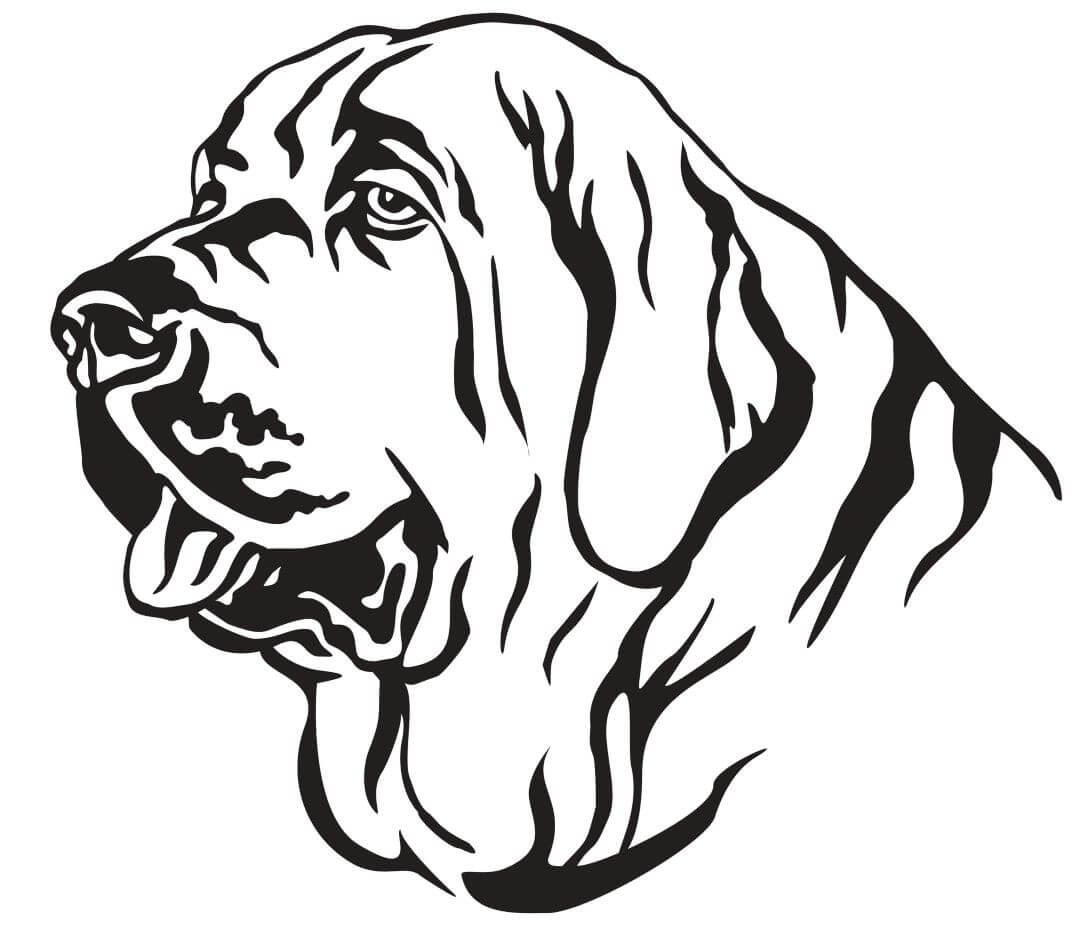
Origin & History
The Spanish Mastiff belongs to the Molosser family. These are very large, heavy and strong dogs that have been around since ancient times. It is not known exactly how the Spanish Mastiff originated. It is assumed that the ancestors of this breed were brought to the Iberian Peninsula by the Greeks and Phoenicians around 2000 years ago.
There, they quickly became popular with the Spanish herdsmen. The dogs soon proved that they could guard herds independently and effectively defend against predators such as wolves as well as cattle thieves. Another advantage of these four-legged friends is that they are robust and can reliably perform their tasks in any terrain and in any weather.
The breed spread very quickly in Spain and was much appreciated by the shepherds. They are still very popular in their home country today. Outside of Spain, however, these dogs are still hardly known today.
This powerful guard dog was recognized by the FCI as early as 1954.
